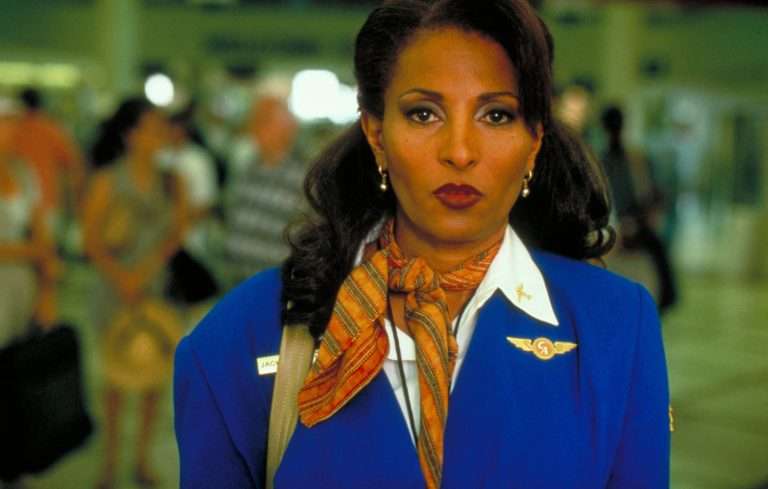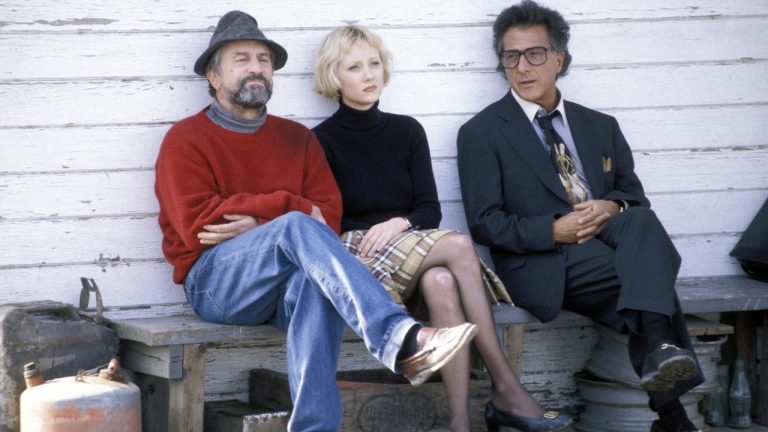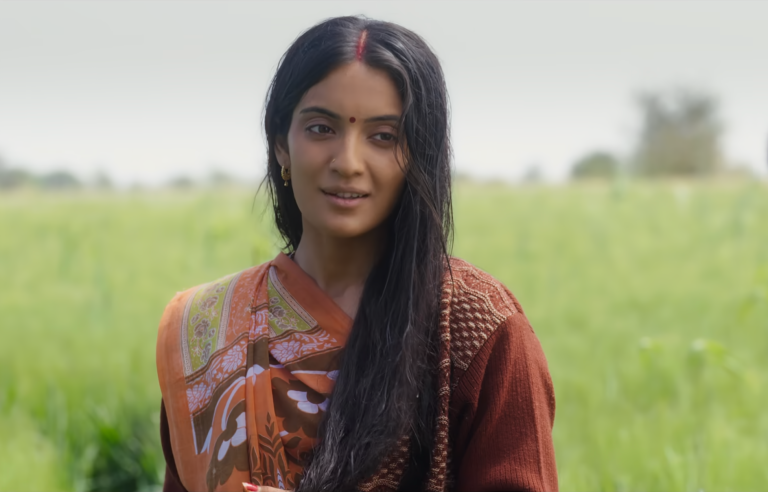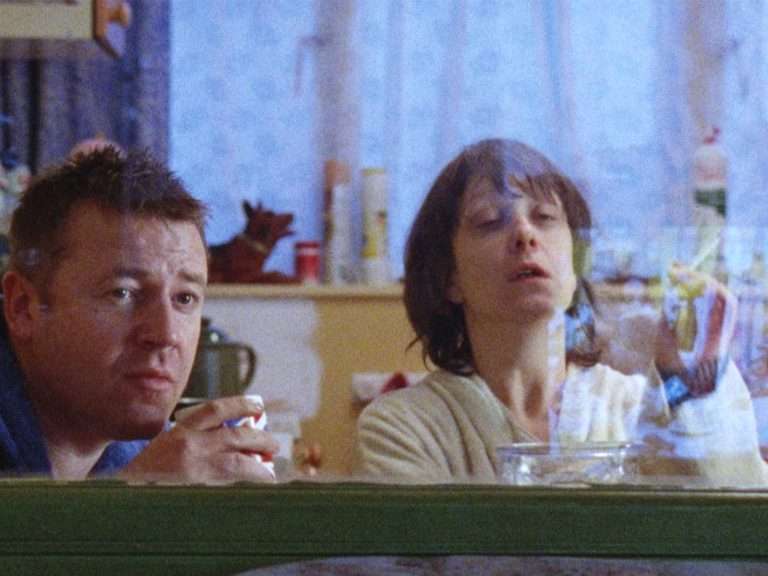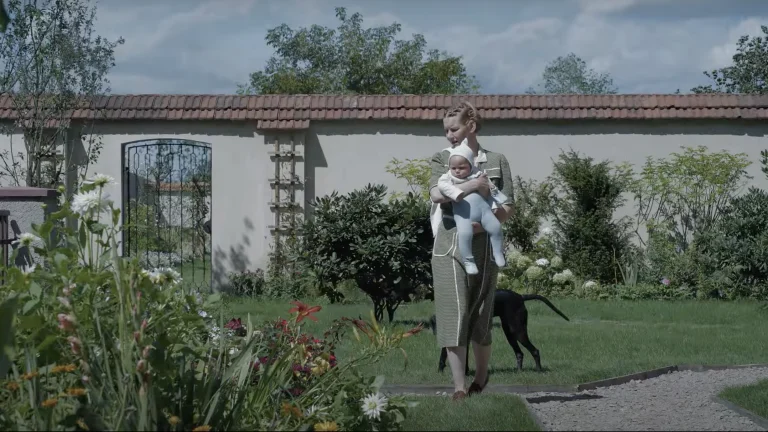By the end of James Napier Robertson’s “The American” (“Joika,” 2024), the audience is sure to be enthralled, viewing the film as a captivating portrayal of the legendary artist Joy Womack. But it isn’t just the artist who can be termed legendary, it’s the depiction in itself that is bound to catch your fancy. Joy Womack is one of the extremely rare American ballet dancers to have found a place in Moscow’s Bolshoi Ballet Academy. Founded in 1763, the Bolshoi Ballet Academy, affiliated with the renowned Bolshoi Ballet, stands as one of the oldest and most prestigious ballet schools in the world.
While watching the film, the first question that may come to mind is: Why is being accepted into this academy portrayed as such a prestigious honor? However, as the film unfolds and reveals the glamour and recognition that comes with being chosen as the academy’s ‘prima ballerina,’ Joy’s relentless struggle for success becomes increasingly clear. The Bolshoi Ballet Academy is renowned for being very competitive with shockingly low acceptance rates, making it the premier institution that it is.
The Demands of Excellence at the Bolshoi Ballet Academy
As one would recognize while watching the film, to this date, the Bolshoi Ballet Academy focuses heavily on one’s capabilities as per their age and peers while also testing their musicality and gritty commitment to their craft. These make it the hardest ballet school to get accepted to in the world. The dancers who have graduated from this academy have become legends in their own right and have left their impressions on the world of ballet.
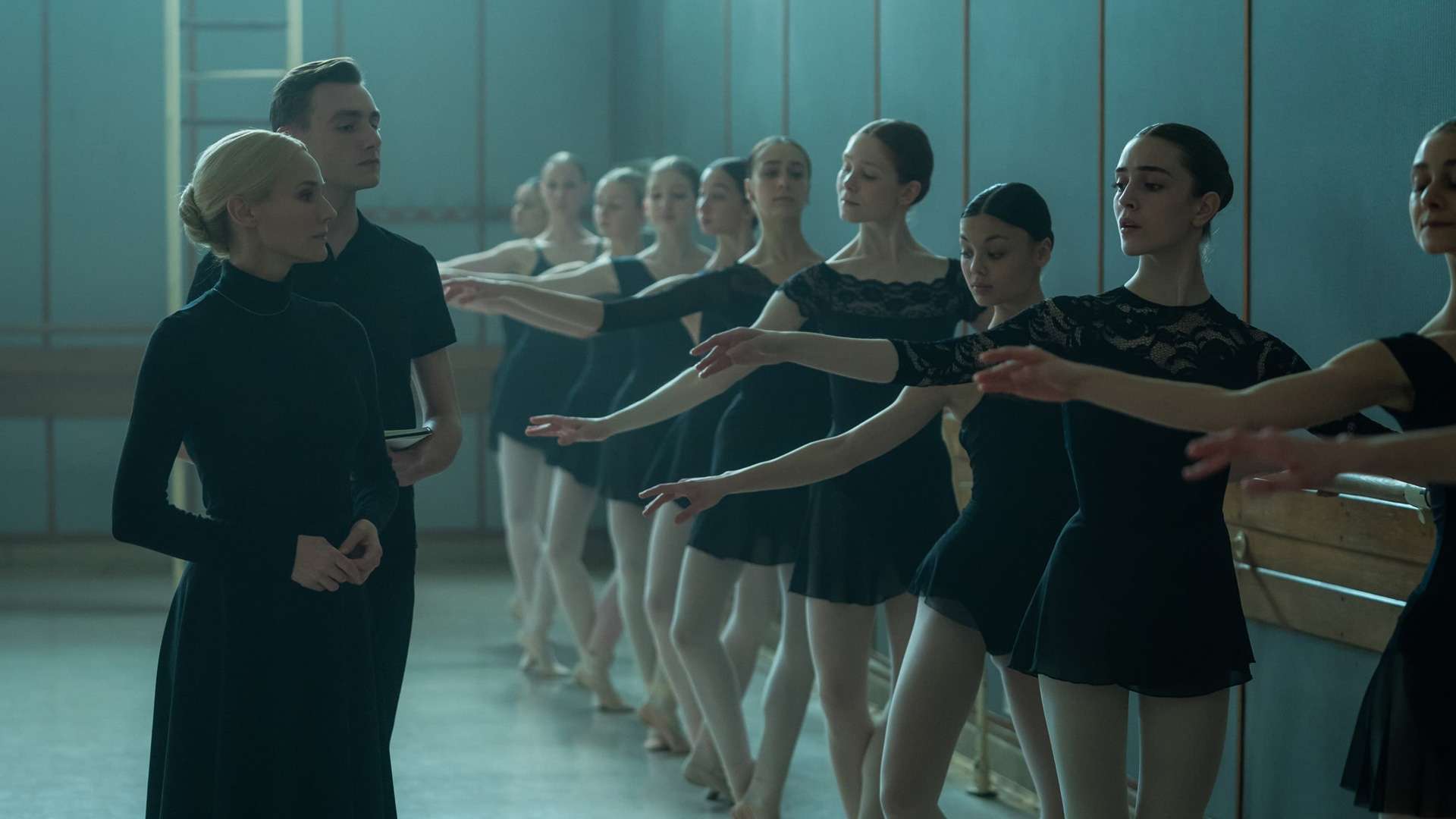
At first glance, one wonders if James Napier Robertson had a similar aspiration as Darren Aronofsky in “Black Swan,” and there are scenes that resonate with the latter but the unique story of Womack is bound to leave the audience second-guessing that opinion. Joy Womack, an American aspirant for the role of prima ballerina in the Bolshoi Ballet, travels from Texas to Moscow with this dream. What would immediately draw the attention of the audience is the apparent discrimination between Joy and her Russian counterparts.
As the narrative progresses, one realizes the need for Joy to not only prove her salt’s worth but also to prove that despite being an American, she is just as skilled, if not superior to her Russian counterparts. At every step of the way, she was discriminated against leading the audience to understand the reason behind the sparse acceptance rates, and for the lack of a better phrase, the requirement of one’s innate ‘Russian-ness’ to belong. The hostility she faces is not only due to her skills but also because her nationality is different.
The Struggle for Belonging in a Foreign Land
The audience is appalled at the lengths Joy has to go to become more Russian than American, which started with her adapting herself to the language, then to the specificities, mindsets, and temperaments, legally acquiring citizenship and going to fearsome lengths like finding patrons who offer support based on the sexual relationship one can establish with them and so on. The film jumps straight into action from the very start, maintaining a fast pace and wasting no time on unnecessary buildup. In a poignant reflection, Joy’s journey to move beyond cultural acceptance to achieve legal recognition highlights the lengths that individuals from various nationalities must go through to attain citizenship.
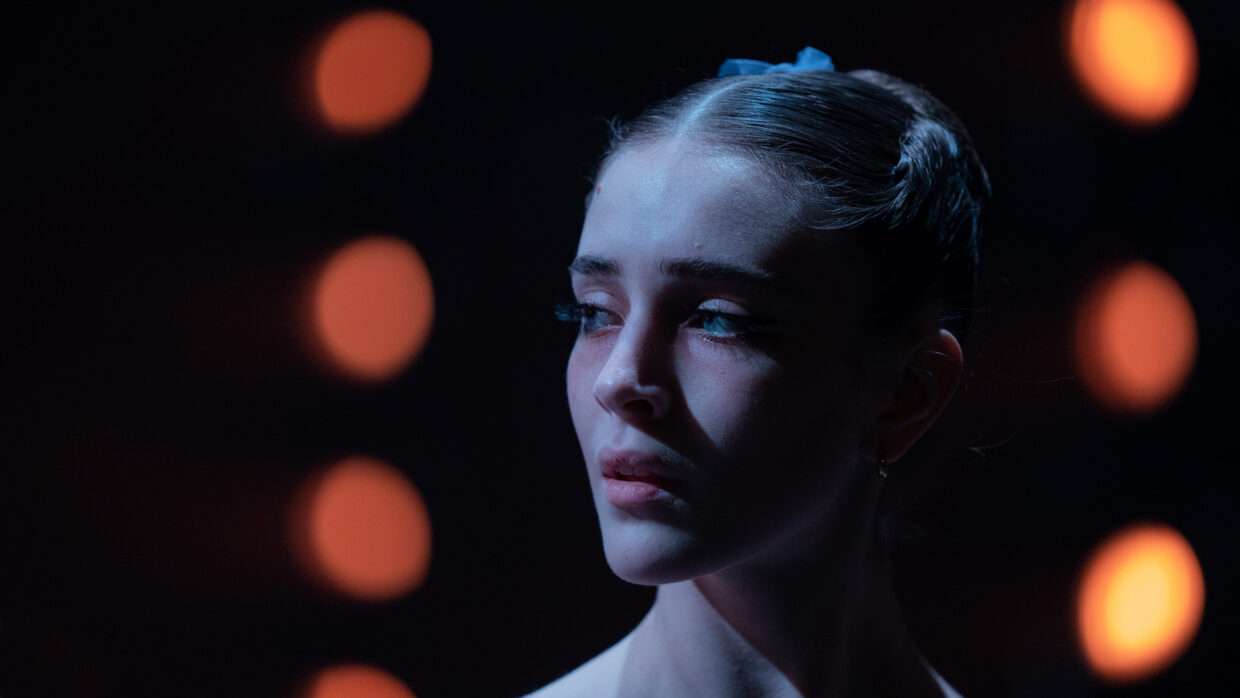
It was a depiction of the phrase ‘beg, borrow or steal,’ and being a silent observer of Womack’s journey drops your heart into your stomach. Joy Womack (Talia Ryder) was trained under the supervision of her unforgiving, uncaring, cold-hearted teacher, Tatiyana Volkova (played by Diane Kruger), who rarely if ever refers to her by her name. More often than not, Joy is termed as ‘The American’ (Joika), and there is a difference in her glance towards Joy compared to the other girls. The audience can sense the ‘otherness’ towards Joy through the hostility she faces from everyone except her fellow dancer, Nikolay Lebedev (Oleg Ivenko), who agrees to marry her for her citizenship. He happens to be the only sympathizer and friend of Womack.
However, that relationship falls through the cracks due to the undue pressures she has to endure. As an audience, one gets the upper aisle view of someone else’s story and can look at them and moralize, but for a person in that particular situation, making sound decisions is a gargantuan task. For “Joika,” Womack served as the choreographer, and the film was shot in Warsaw and wrapped up just a couple of hours before Russia’s war on Ukraine. Ballet, like pantomime, is a form of one’s self-expression, and Womack has been offered the title of the White Swan.
Talia Ryder captures the expressions of a fragile yet fervent ballerina who will go above and beyond, endure physical pain, and do whatever it takes to fulfill her ambition. Moreover, Womack learned Russian in just three months without the aid of a translator, which is truly impressive in itself. Towards the end of her time in Russia, Womack was offered Russian citizenship and was finally treated like one of their own, which at the start of her journey seemed like a bleak possibility. “The American” starts with a performance of Womack and in the end, one realizes that Womack had performed with a broken ankle. That, and all else of Womack’s journey makes “The American” an absolute film-goer’s delight and a worthy watch.


